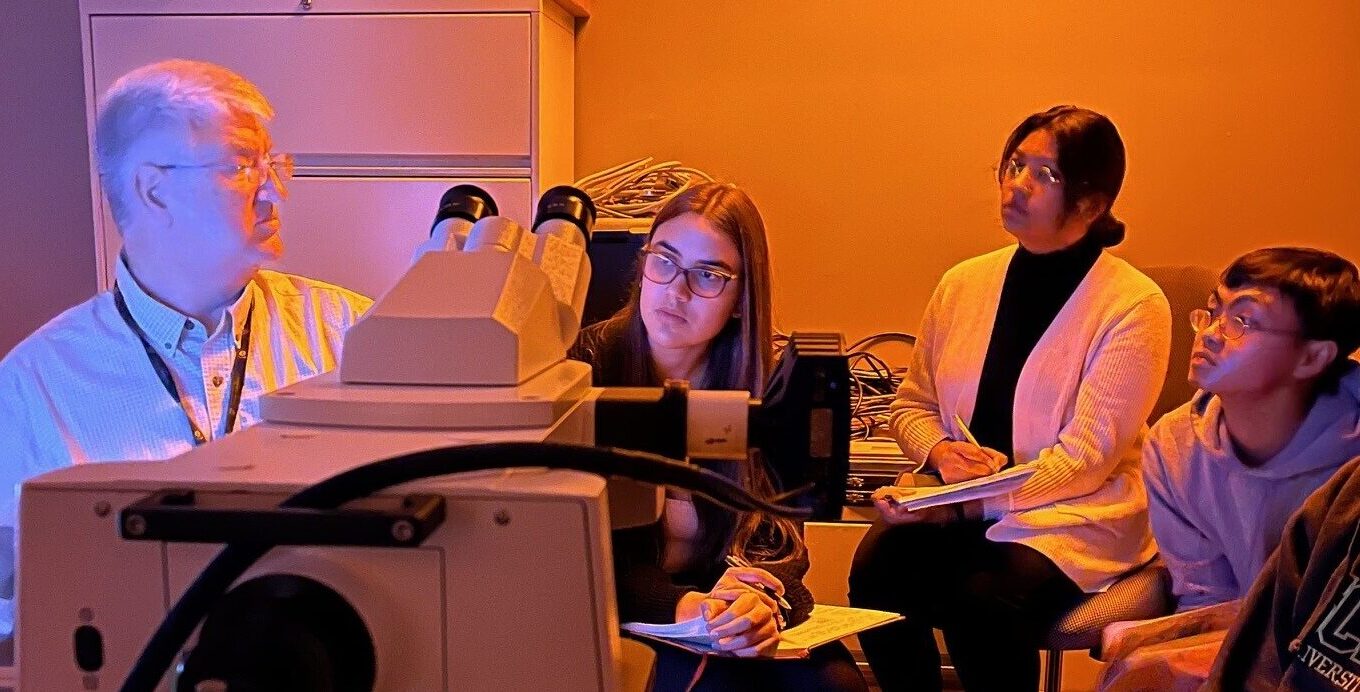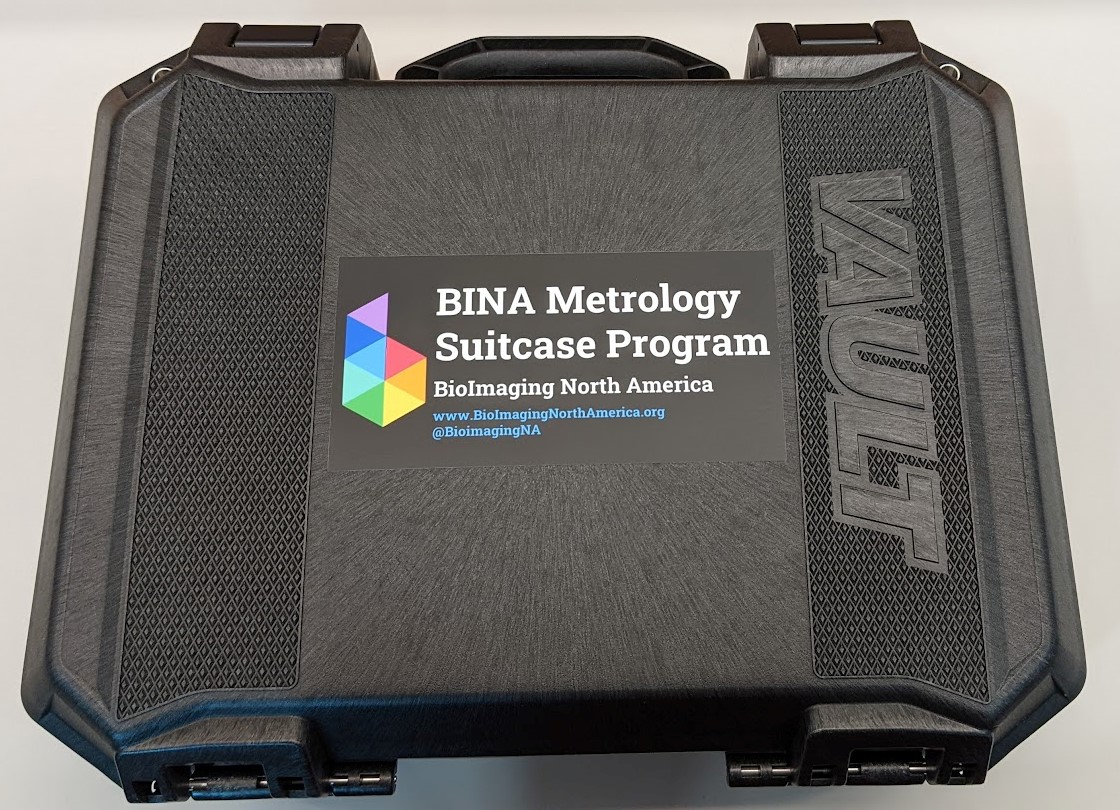21
BINA @ ABRF
Meet up with BINA at ABRF in Minneapolis
Using the button you can provide details of your presentation at the ABRF 2024 Annual Meeting, and we will publicize it on this page!
🔬 BINA 2024 Community Congress, Sept 23-27 🦡
Save the Date!
Join us at our next BINA event!
21
Meet up with BINA at ABRF in Minneapolis
Using the button you can provide details of your presentation at the ABRF 2024 Annual Meeting, and we will publicize it on this page!
24
10 am PT / 12 pm CT / 1 pm ET
6
Workshops offered May 6 & 13, June 10 & 17, Aug 19 & 26, Oct 21 & 28, Nov 11 & 18
Use the button to complete your application for the upcoming workshop
14
BINA will be hosting a Scientific Speaker Series the second Tuesday of the Month at 9 am Pacific/11 am Central/12 pm Eastern.
Use the link to register to attend and receive updates about the series! You only need to register once to receive updates for all presentations.
15
BINA will be hosting a Careers Speaker Series the third Wednesday of the Month at 10 am Pacific/12 pm Central/1 pm Eastern.
Use the link to register to attend and receive updates about the series! You only need to register once to receive updates for all presentations.
5
Hosted by Canada BioImaging, RMS & BINA
7
Hosted by Canada BioImaging & BINA & QUAREP-LiMi
Meetings are the first Friday of the month, every other month
11
Join this User Group co-organized by BINA and Canada BioImaging
Every other first Tuesday of the month at 12 pm ET (11 CT, 10 MT, 9 PT)
23
Save the Date September 23-27, 2024, in Madison, Wisconsin
Registration will Open on May 1.
View our past events on YouTube!
13
Hosted by the Builders Working Group
Register using the google form linked to the button
5
Hosted by BINA Early Career WG and members of QUAREP-LiMi WG 12
Follow the link to watch the recording
23
Meet up with BINA at Advanced Imaging Methods Workshop (21st Annual) in Berkeley!
Using the button you can provide details of your presentation at Advanced Imaging Methods Workshop (21st Annual), and we will publicize it on this page!
17
Join us at this virtual event Oct 17-19, 2023!
Workshop Submission Open Now, registration coming in Sept.
2
Submit your images to the BINA Image Contest for 2023!
Enter the 2023 contest by noon Pacific time on October 2!
25
Joint event happening September 25-29, 2023, in Morelos State, Mexico
See the BINA 2023 Community Congress Presentations at LABIxBINA
24
6
Join us at this virtual event May 6, 9 & 10!
Poster Submissions are also open – submit by April 27!
4
25
14
BINA events that are closed and/or happened 6 months ago or more
10
Meet up with BINA at BPS in Philadelphia!
Using the button you can provide details of your presentation at the Biophysical Society meeting BPS2024, and we will publicize it on this page!
27
Meet up with BINA at SPIE Photonics West in San Francisco!
Using the button you can provide details of your presentation at SPIE Photonics West, and we will publicize it on this page!
2
Meet up with BINA at ASCB in Boston!
Using the link below you can provide details of your presentation at ASCB, and we will publicize it on this page!
20
Workshops offered May 23, June 12, Sept 18, Oct 16, Nov 20
Use the button to complete your application for the upcoming workshop
8
Join the Early Career WG for a Conversation with the Community
Register using the google form linked below
26
Hosted by the Diversity, Equity, & Inclusion WG
Register to join us on May 26 at 1 pm Central
11
Group EoE in Boston on Managing the image-data life cycle
Registration open until May 1 or capacity is reached
8
7
Submit your images to the BINA Image Contest for 2022!
Enter the 2022 contest by noon Pacific time on October 7!
13
Virtual, Facilitated by hfp consulting
21
Join us on April 21 at 10 am Central!
18
Come and learn about the process of applying for S10 NIH instrumentation grants, hear from experienced applicants, and ask your questions
10 am PT / 12 pm CT / 1 pm ET
Hosted by the Corporate Partners Working Group
Below is the Events database powered by MicroscopyDB!
If you have events, tools, training/education resources, or jobs to share, please add them to the relevant MicroscopyDB databases.
(“$” associated with a registration fee)

BINA supports members to attend professional development activities within North America.
Learn More
The BINA Quality Control and Data Management Working Group is piloting a Metrology Suitcase!
Learn More
BINA offers three types of ‘Exchange of Experience’ opportunities, learn more at the link below.
Learn More